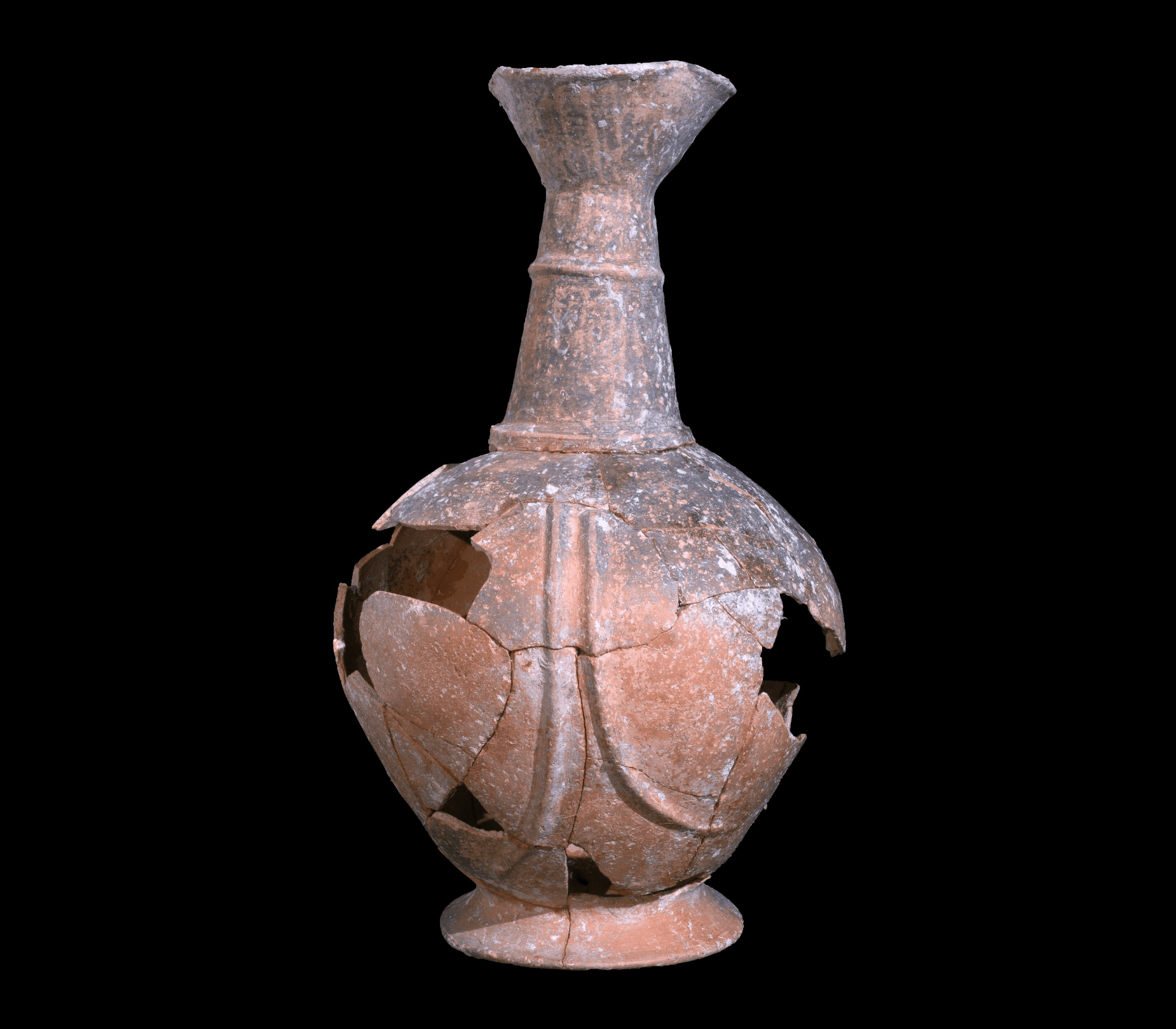The earliest evidence of opium use has been found in an ancient burial site in Israel. Not only does the discovery tell archeologists about the trippy funerals of the Bronze Age, but it’s also shedding light on the murky opium trade of the Levant during the 14th century BCE.
The story of the discovery starts in 2012 when researchers from the Israel Antiquities Authority (IAA) came across ancient artifacts among a number of 3,400-year-old Canaanite graves at the Tel Yehud site in Israel. Among the finds were animal bones and a number of distinctive pots made in Cyprus known as Base-Ring juglets.
Given their poppy-like shape when placed upside down, it was previously speculated they were used as ritual vessels for opium, which is derived from the opium poppy plant (Papaver somniferum). Until now, however, this had never been proven.
In a new study, researchers from the IAA, Tel Aviv University, and the Weizmann Institute of Science carried out a chemical analysis of the residue found inside the vessels.

Hints of opium were found in several of the vessels. Image credit: Assaf Peretz/Israel Antiquities Authority.
Just as they hoped, the residue contained traces of numerous compounds found in P. somniferum, including morphinan, a class of natural chemicals that includes compounds like morphine and codeine.
“This is the only psychoactive drug that has been found in the Levant in the Late Bronze Age,” Vanessa Linares, lead study author from Tel Aviv University, said in a statement sent to IFLScience.
Burying someone alongside some drugs might seem a little bit strange by today’s standards, but a wide variety of archeological digs have shown how drugs have played an important role in funerary rituals throughout history.
“Of course, we do not know what the opium’s role was in the ceremony – whether the Canaanites in Yehud believed that the dead would need opium in the afterlife, or whether it was the priests who consumed the drug for the purposes of the ceremony,” said Linares.

A Base Ring juglet imported from Cyprus. Image credit: Clara Amit/Israel Antiquities Authority.
“From documents that were discovered in the Ancient Near East, it appears that the Canaanites attached great importance to ‘satisfying the needs of the dead’ through ritual ceremonies performed for them by the living, and believed that in return, the spirits would ensure the health and safety of their living relatives,” added Dr Ron Be’eri from the Israel Antiquities Authority.
By tracing the origins of the poppies and the pottery, it’s clear that the drug users went to great effort to get their hands on this potent narcotic.
Many of the pots were crafted in Cyprus, an island in the Mediterranean Sea. Opium poppies are native to the eastern Mediterranean and were likely grown in the land currently known as Turkey. This suggests that the narcotic took quite a journey to end up in the Levant.
“In other words, the opium was brought to Yehud from Turkey, through Cyprus; this of course indicates the importance that was attributed to the drug,” explained Linares.
The new study was recently published in the journal Archaeometry.
Source Link: 3,400-Year-Old Opium In Grave Suggests Drugs For The Afterlife Or Priests Got High